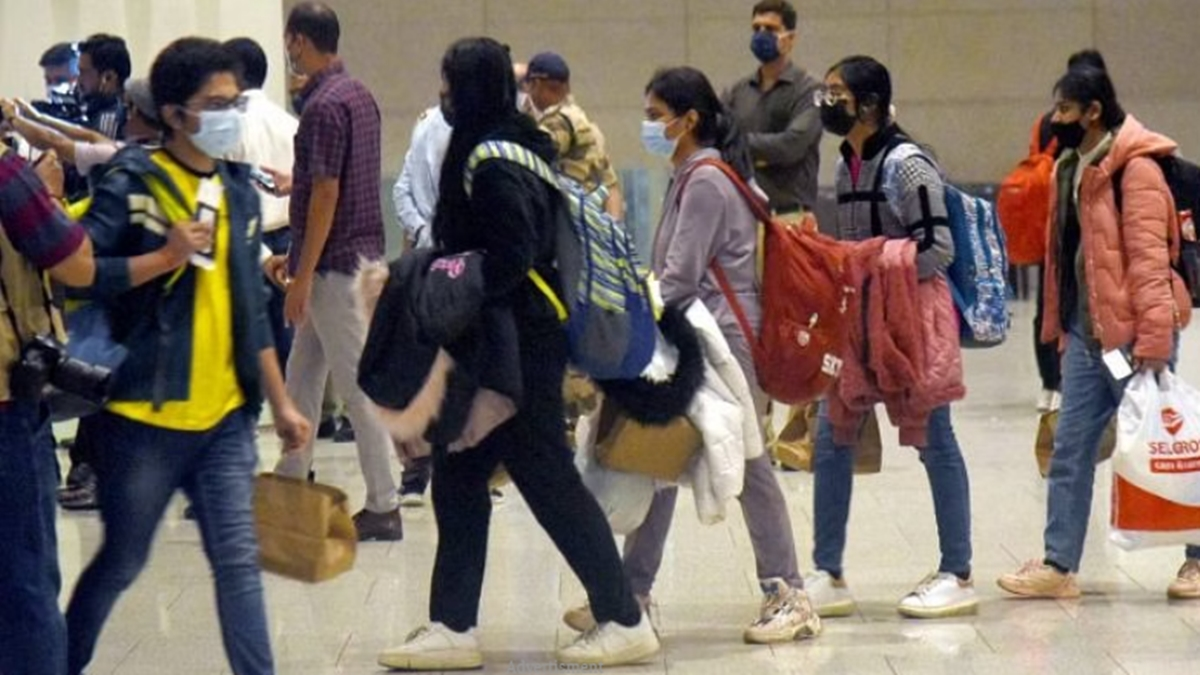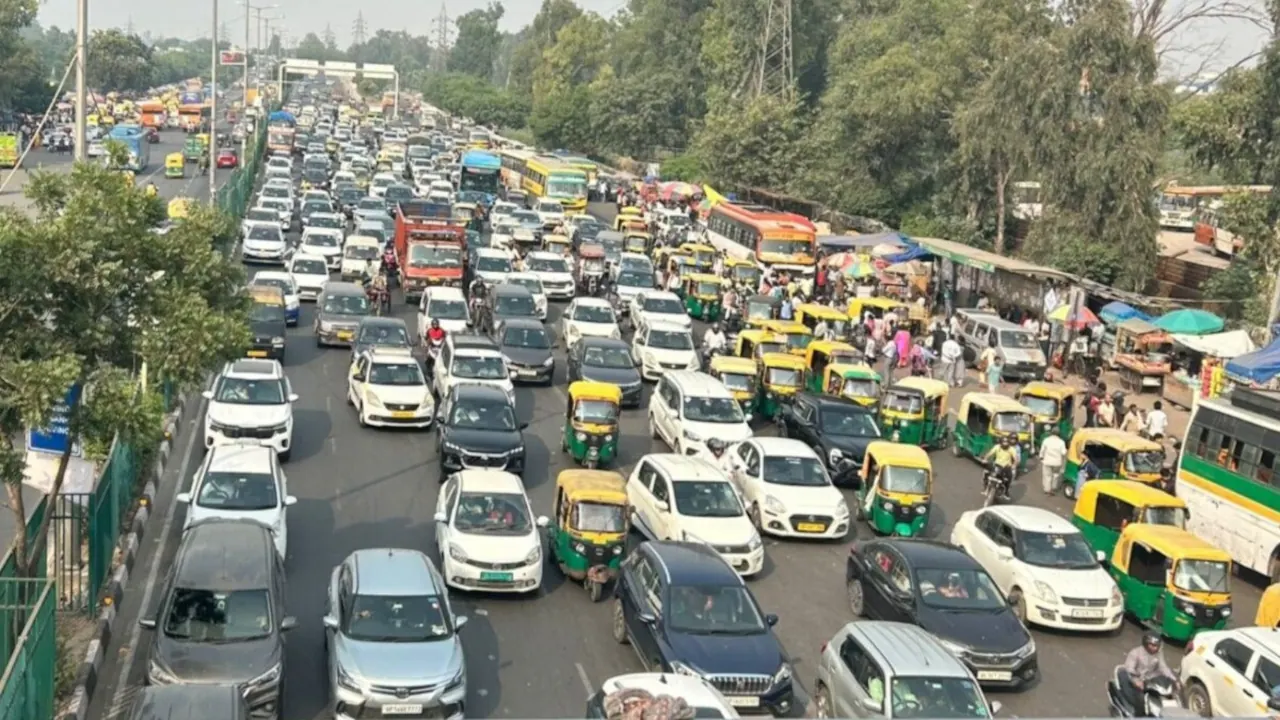- Asia and Europe rise as new education hubs
- The OECD notes that India’s global education footprint is expanding into more countries than ever before
Indian students, long drawn to English-speaking countries for higher education, are now increasingly heading to diverse destinations across Europe and Asia. According to the OECD International Migration Outlook 2025, India remains the second-largest source of international students in OECD countries—comprising 14% of all tertiary-level foreign students in 2023—but the map of preferred destinations is changing rapidly.
After years of strong growth in traditional education hubs such as the United States, Canada, the United Kingdom, and Australia, a tightening of visa and post-study work regulations has slowed the flow of new Indian enrolments.
OECD data reveals that 2024 saw significant declines: 39% in the U.S. due to tougher financial and visa conditions, 26% in the U.K. following curbs on dependants, 39% in Canada after study permit caps, and 22% in Australia owing to stricter English and funding requirements. These measures, aimed at balancing education exports with domestic labor priorities, have encouraged students to explore alternative destinations.
Europe has quickly emerged as the next major education corridor. Countries such as Germany, Ireland, France, and the Netherlands are witnessing steady growth in Indian student numbers. Germany’s affordable public universities, strong STEM programmes, and generous work options have made it a leading draw. Ireland and the Netherlands offer the comfort of English-medium teaching alongside predictable post-study work rights, while France’s “Choose France” initiative—expanding scholarships and easing visa procedures—has further boosted its appeal.
As old gateways narrow, new ones are opening—reshaping the geography of global learning and reinforcing India’s growing role in the international education landscape
In Asia-Pacific, Japan, South Korea, and New Zealand are also attracting more Indian students. Japan now allows a one-year job-search visa for graduates, while New Zealand has reinstated up to three years of post-study work rights for those in priority sectors. South Korea’s focus on technology-driven education and integrated work-study opportunities is gaining traction among younger professionals.
This diversification reflects a new era of value-based migration, where Indian students prioritize affordability, quality, and employability over traditional immigration pathways. With Germany’s low tuition, Ireland’s English-speaking environment, France’s scholarships, Japan’s innovation-led education, and New Zealand’s flexible job rules, the options are more varied than ever.









